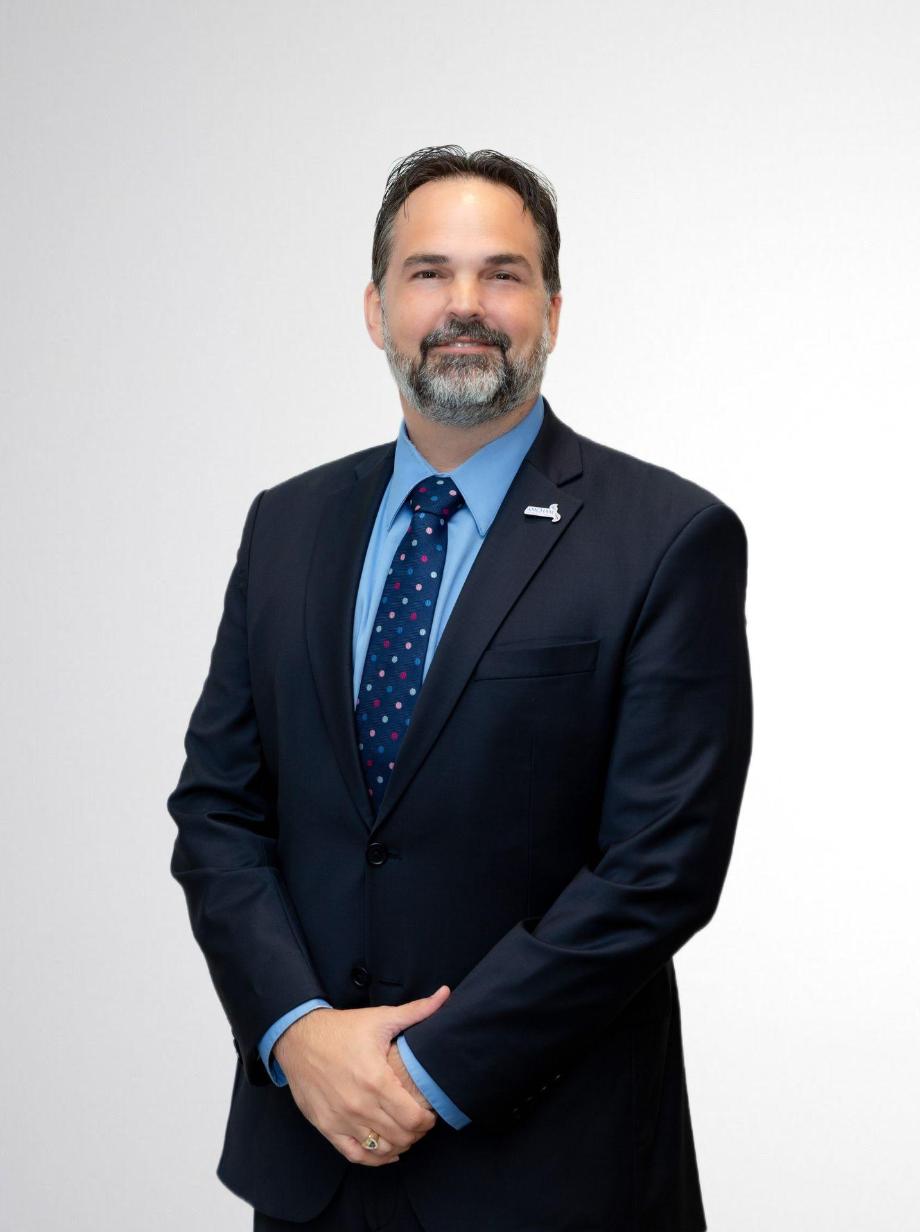President's Message
STUART FRANCO
PRESIDENT | AMCHAM T&T

Today, our nation stands at a crossroads where the weight of our challenges can often feel overwhelming, threatening to undermine our hopes for a brighter future. Yet, history has consistently shown us that adversity brings out the best in us. I believe there’s no reason why the challenges we face today cannot be transformed into triumphs tomorrow. The key to this transformation lies in how we approach these challenges—and it starts with understanding the human factor.
In the workplace, we must recognise that many accidents are not simply the result of negligence, but are often caused by human error driven by fatigue, stress or inadequate training. Research indicates that up to 90% of workplace accidents are linked to these factors. Now, imagine if we focused not just on the "how" of these incidents but also on the “why". By truly understanding the human factors behind these accidents, we can develop better systems, improve environments, and ultimately save lives.
In today’s fast-paced work culture, the pressure to perform often overshadows safety concerns. However, we must shift our mindset from viewing employees as liabilities to recognising them as invaluable assets in our safety efforts. By prioritising their physical and psychological well-being, we can foster a culture of safety that not only prevents accidents but also boosts productivity and job satisfaction.
Our ultimate goal must always be to create workplaces where employees thrive, not just survive. So, when we introduce policies and processes, we must ask ourselves: Do our people feel truly safe in their environment? Do they feel valued, respected, and engaged? Are they empowered to raise concerns about hazards or mistakes, knowing they will not face retaliation?
As leaders, it is our responsibility to create an environment where open communication is encouraged and where team members feel supported and motivated to look out for one another. This is how we reduce accidents and nurture a culture of care.
Additionally, we must deepen our understanding of the psychological and social factors that influence behaviour, so we can design more effective interventions that promote safer practices. This is why leadership in HSSE (Health, Safety, Security, and Environment) is so crucial.
Today, the narrative is shifting. It’s no longer solely about punishment or enforcement; it’s about understanding why issues arise and learning from those involved. Every leader, across industries, stands to gain immensely by addressing the human factors behind challenges and using those insights to make informed decisions that lead to meaningful solutions.
I firmly believe that this approach can be applied to many of the major issues facing society today. Whether we are tackling crime, addressing cybersecurity, confronting climate change, or focusing on innovation and technology, we must always consider the human element behind every decision and action we take. I hope the articles written by our expert contributors in this issue will encourage you to pay closer attention to this crucial factor.